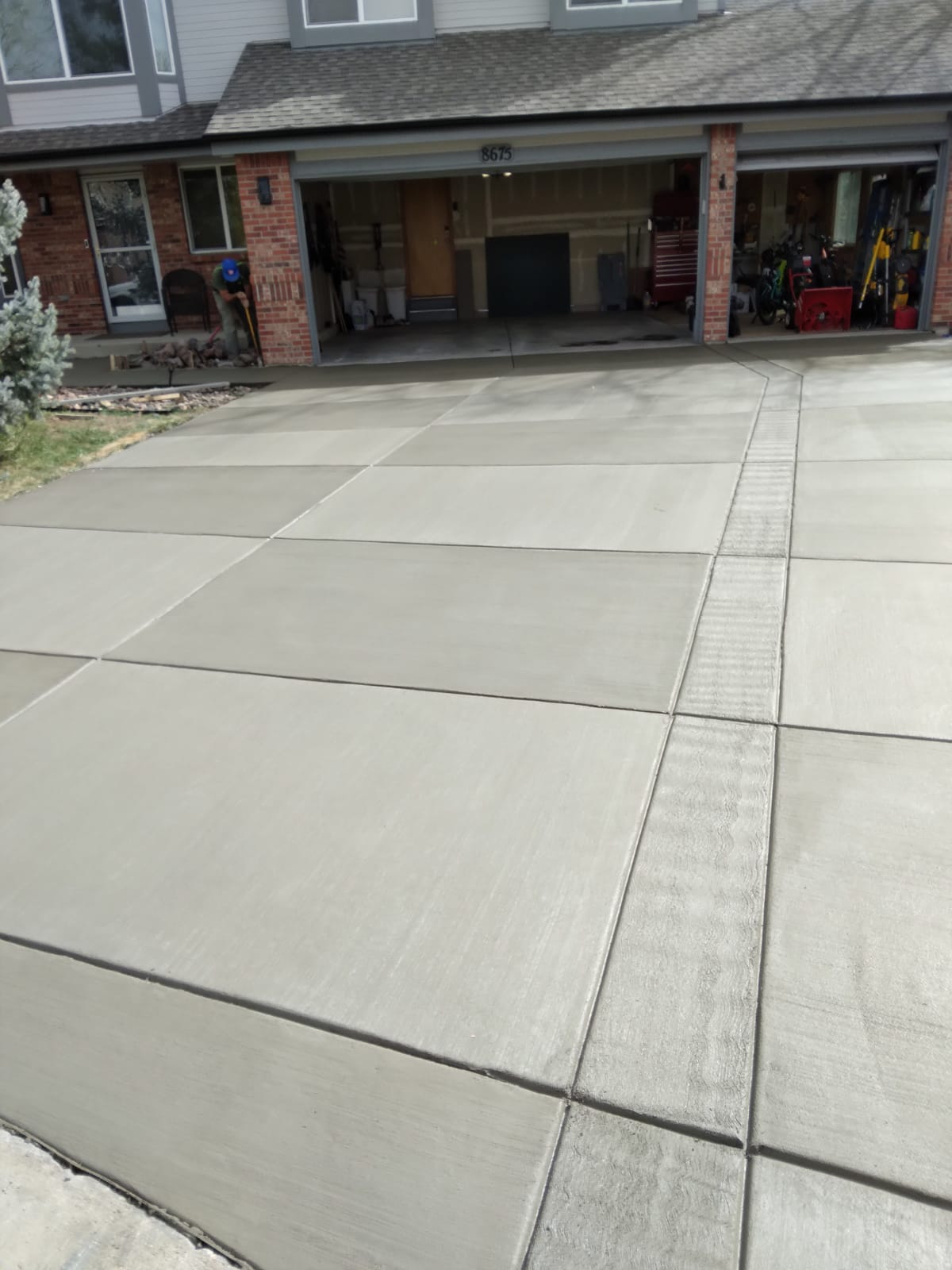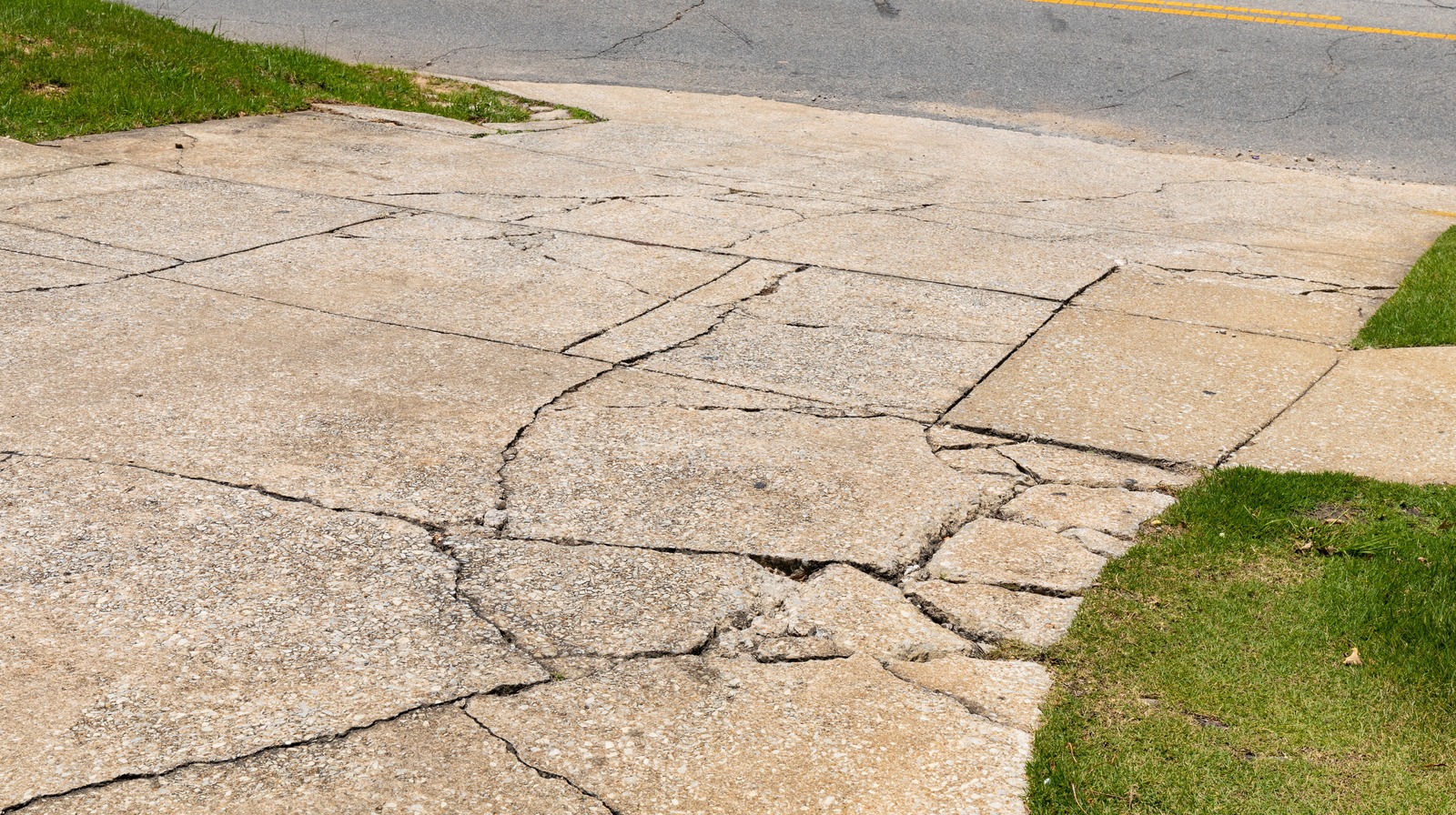Discover Legendary Concrete Brentwood: Unmatched High Quality and Solution
Discover Legendary Concrete Brentwood: Unmatched High Quality and Solution
Blog Article
The Environmentally Friendly Choice: Concrete Sidewalks for Your Neighborhood
Concrete walkways are a common attribute in most communities, yet their influence on the environment is commonly overlooked. Picking concrete for your neighborhood pathways can make a significant difference in terms of sustainability and eco-friendliness. The benefits of selecting concrete go beyond plain visual appeals and performance. By considering the ecological benefits and lasting results on the area, the option of products for walkways ends up being a crucial choice. Let's explore why concrete sidewalks may be the eco-friendly choice your neighborhood requires.
Advantages of Concrete Sidewalks
When thinking about the installation of sidewalks in a neighborhood, the advantages of picking concrete over other materials are substantial and many. Concrete pathways supply sturdiness, withstanding heavy foot traffic, climate fluctuations, and ecological components better than alternate products like asphalt or gravel. This longevity translates to cost-effectiveness in the long run, as concrete pathways call for less constant fixings and upkeep. In addition, concrete is a versatile material that can be easily customized to complement the aesthetic of any neighborhood through various finishes, colors, and patterns.

Toughness and Longevity
Just how can concrete walkways outmatch other products in terms of durability and durability? Concrete sidewalks are renowned for their remarkable longevity and longevity contrasted to alternate products like asphalt or pavers. The inherent stamina of concrete makes it very resistant to splitting, changing, and general wear and tear triggered by foot traffic, weather condition variations, and other ecological variables. Unlike asphalt, which can soften in heats and fracture in cold problems, concrete keeps its structural stability, calling for minimal maintenance gradually.
Concrete walkways likewise have a longer life expectancy than pavers, which are vulnerable to uneven settling, weed growth between joints, and private paver motion. The strong, constant surface area of concrete minimizes stumbling threats and ensures a smooth strolling course for pedestrians. Furthermore, concrete's sturdiness decreases the need for frequent repairs or replacements, making it a lasting and affordable choice for neighborhood pathways. By spending in concrete sidewalks, communities can appreciate a reliable and durable facilities that enhances the total visual charm and functionality of the location.
Reduced Upkeep Needs
Concrete walkways stand out for their marginal maintenance requirements because of their durable nature and resilient performance. Unlike alternate products that may need frequent repair services or substitutes, concrete walkways use a cost-efficient service that requires little maintenance in time. Among the essential benefits of concrete sidewalks is their resistance to weathering and disintegration. This implies they can hold up against extreme climate conditions, heavy foot web traffic, and various other environmental aspects without deteriorating rapidly.
Routine upkeep for concrete sidewalks click to investigate typically entails straightforward tasks such as routine cleaning to eliminate particles and periodic sealing to safeguard the surface. In comparison to materials like asphalt or pavers that may move, fracture, or deteriorate more conveniently, concrete pathways preserve their structural stability with very little treatment. In addition, any repairs that may be needed are usually local and can be addressed promptly, lowering both the moment and price connected with upkeep.

Environmental Advantages
With a focus on sustainability and eco-friendliness, concrete pathways use remarkable environmental benefits that contribute to a greener area facilities. In addition, concrete sidewalks have a high solar reflectance index, meaning they show a considerable amount of sunlight rather of maintaining and taking in heat.
In addition, concrete is a porous material that allows water to infiltrate into the ground, decreasing stormwater overflow and helping in groundwater recharge. This assists stop disintegration, decrease flooding, and keep the all-natural equilibrium of water supply in your area. By choosing concrete sidewalks, communities can make a sustainable choice that positively impacts the environment and enhances the lifestyle for residents.
Enhancing Community Sustainability
By prioritizing sustainable infrastructure services, communities can cultivate a harmonious balance between environmental consciousness and community advancement. Enhancing area sustainability entails a diverse official source strategy that exceeds simply the ecological benefits of concrete sidewalks. Implementing green spaces, promoting energy-efficient practices, and fostering a sense of community interaction are necessary parts of producing a sustainable neighborhood.
One means to boost community sustainability is with the assimilation of permeable concrete sidewalks. These sidewalks allow rain to leak into the ground, minimizing stormwater overflow and reducing the pressure on metropolitan water drainage systems. Legendary Concrete Brentwood. By including permeable sidewalks, areas can enhance water quality, reduce flooding threats, and boost general environmental resilience
In addition, advertising different transportation methods such as walking and biking can substantially decrease carbon exhausts and promote a healthier lifestyle amongst locals. Creating secure pedestrian paths, bike lanes, and assigned greenways can encourage residents to count much less on autos, even more adding to the neighborhood's sustainability objectives.
Conclusion
To conclude, concrete sidewalks use various advantages for neighborhoods, including resilience, reduced maintenance needs, and environmental advantages. By selecting concrete pathways, communities can improve their sustainability and add to a more environment-friendly environment. It is clear that concrete walkways are the browse around this site excellent option for areas wanting to enhance their framework in a environmentally friendly and resilient fashion.
When taking into consideration the installation of sidewalks in a neighborhood, the advantages of choosing concrete over other products are numerous and considerable. Furthermore, concrete's durability decreases the requirement for constant repairs or replacements, making it a economical and sustainable selection for neighborhood sidewalks (Legendary Concrete Brentwood).With a focus on sustainability and eco-friendliness, concrete pathways offer noteworthy ecological benefits that add to a greener area framework. Enhancing area sustainability entails a multifaceted approach that goes beyond simply the ecological benefits of concrete walkways.In final thought, concrete sidewalks provide many advantages for communities, including toughness, low maintenance needs, and ecological benefits
Report this page